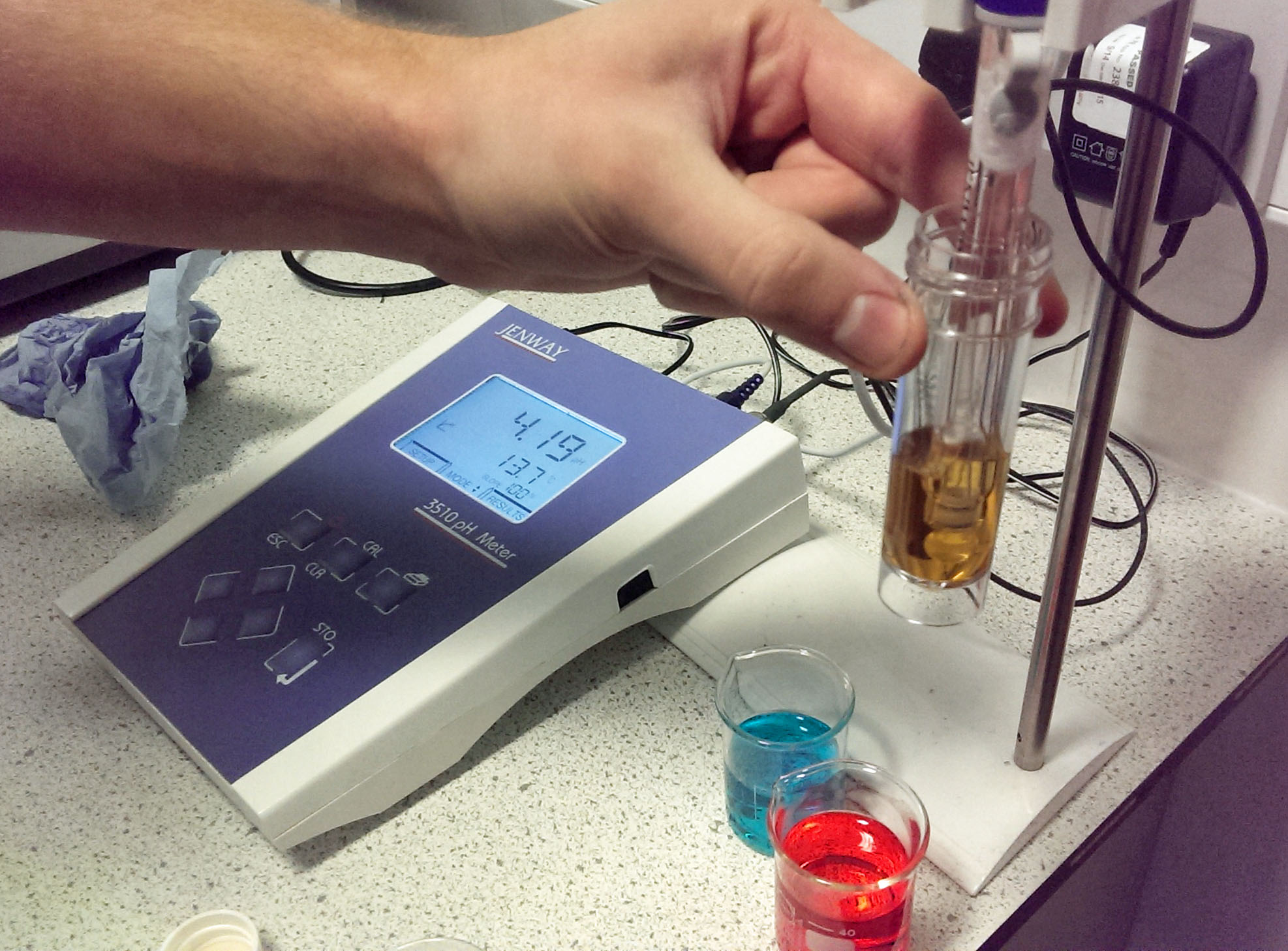
If your yeast changes progressively with each re-pitching or if wort conditions such as oxygenation alter then you can make changes – a new culture of yeast or an increase in oxygenation – before your beer becomes hard to handle.
It isn’t difficult to monitor key indices which can anticipate when your specifications may be breached but does require a longer term structure than clipping each brew sheet into a file. A trend analysis programme with an alert warning is ideal but a graph to show if changes are progressing to be out of true will do.
Anticipating problems is one major step to managing consistency. It also provides a basis for creating novel products. Once the variables are in control selected conditions may be altered without disturbing the whole character of a beer.
As an example it would be interesting to develop a speciality beer with well-balanced levels of malt and bitterness and then use a different hop every month to impart novel characters.
Promoted on a small scale this would allow customers to apply natural selection through their feedback and direct a true Evolution Ale as well as contributing to a long term PR story.
In summary though the quality we seek in our beers has to be defined to ourselves, has to be demonstrable to our drinkers and be used to direct our development.
How this quality depends on the various ingredients and processes of our brewing is part of the increasing body of brewing knowledge. Developing and applying this knowledge is a further part of maintaining and evolving our quality and our beers.
